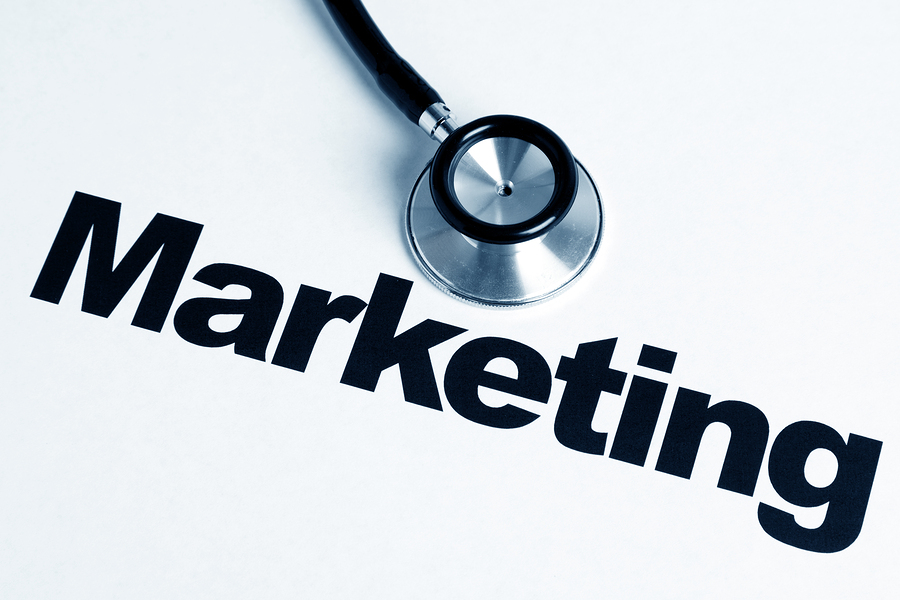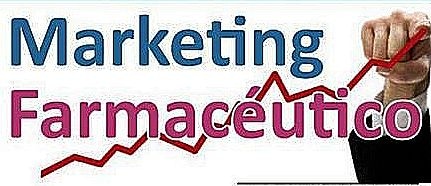The ups and downs of everyday life have become mental problems, fairly common ailments are transformed into frightening diseases, and more and more ordinary people are undergoing the metamorphosis into patients. The "sale" of diseases is based on various marketing techniques, but fear remains the most widespread.
By Ray Moynihan and Alan Cassels
The new advertising techniques in the pharmaceutical sector

Thirty years ago, the executive of one of the largest pharmaceutical companies in the world made some very illuminating comments. Nearing retirement, Merck's dynamic director, Henry Gadsden, confided to Fortune magazine his despair at seeing his company's potential market limited only to the sick. Explaining that he would prefer Merck to become a sort of Wrigley (manufacturers and distributors of chewing gum), Gadsden said that he had a long-time dream of making drugs…for the healthy. Because in this way Merck would have the possibility to "sell to everyone". Thirty years later, the dream of the late Henri Gadsden has come true.
The marketing strategies of the major pharmaceutical companies now aggressively target the healthy. The ups and downs of everyday life have become mental problems, fairly common ailments are transformed into frightening diseases, and more and more ordinary people are undergoing the metamorphosis into patients. Through promotional campaigns, the pharmaceutical industry, which is worth approximately 500 billion dollars, exploits our deepest fears: of death, physical decay and disease, thus literally transforming the sense of what it is to be human. Rightfully rewarded for saving lives and reducing suffering, pharmaceutical giants are no longer content to sell to those who need them. For the simple and good reason, well known on Wall Street, that convincing healthy people that they are sick pays off very well.
At a time when most people in advanced countries are enjoying longer, healthier and more dynamic lives than their ancestors, the steamroller of very efficiently conducted publicity or awareness campaigns is transforming the health conscious their health in sickly anxious. Minor problems are represented as equally serious pathologies, whereby shyness becomes a "social anxiety disorder" and premenstrual tension a mental illness called "Premenstrual Dysphoric Disorder". The mere fact of being an "at risk" subject susceptible to developing a pathology becomes a pathology in itself.
L
From his office in the heart of Manhattan, Vince Parry represents the pinnacle of global marketing. An expert in advertising, he has now specialized in the most sophisticated form of drug sales: he is committed, in concert with pharmaceutical companies, to creating new diseases. In an incredible article titled "The Art of Categorizing a State of Health," Mr. Parry recently revealed the tricks these companies use to "encourage the creation" of medical ailments (1). Sometimes it's a little-known disorder that gets new attention, other times you redefine a long-known disease by giving it a new name, sometimes you create a new disorder. Among Parry's favorites are erectile dysfunction, attention deficit disorder in adults and the aforementioned premenstrual dysphoric syndrome, so controversial that researchers believe it doesn't exist.
With rare frankness, Perry explains the method used by pharmaceutical companies to catalog and define their successful products such as Prozac or Viagra, but also to catalog and define the conditions for creating the market for these drugs.
Under the guidance of marketing managers in the pharmaceutical industry, medical experts and gurus like Perry sit down to "find new ideas about diseases and health states". The aim, he says, is to ensure that the customers of these companies around the world perceive these things in a new way. The goal is always to establish a link between health status and drug, in order to maximize sales.
It is certainly difficult, given the wide range of possible ailments, to draw a clearly defined line between healthy and sick. The boundaries that separate the "normal" from what is not are often very elastic; they can vary drastically from country to country and evolve over time. But what is very clear is that the more the definition of a disease expands, the more it will affect potential patients and the larger the market for pill and capsule manufacturers will be.
Under certain circumstances, the medical experts who draft the protocols are simultaneously paid by the pharmaceutical industry, which will get rich based on how the treatment protocols are drafted. According to these experts, the 90% of older Americans would suffer from a disorder called "arterial hypertension"; nearly half of Americans are affected by a malfunction called FSD (female sexual dysfunction); and more than 40 million Americans should be followed up for their high cholesterol. With the help of news-chasing media, the latter disorder is regularly announced as widely present in the population, serious, but above all curable through drugs. Alternative methods of understanding and treating health problems, as well as reducing the estimated number of patients, are often pushed into the background, to satisfy a frenetic drug promotion.
Remuneration of experts in hard cash does not necessarily mean the purchase of influence; but in the eyes of many observers, doctors and the pharmaceutical industry maintain too close ties.
If the definitions of diseases are broad, the causes of these so-called epidemics are, however, described as little as possible. In the universe of this type of marketing, a major health problem, such as cardiovascular disease, can be tackled through the narrow lens of cholesterol or blood pressure. Hip fracture prevention among the elderly is confused with the bone density obsession of healthy middle-aged women. Personal distress stems largely from a serotonin chemical imbalance in the brain.
Focusing on one part causes more important issues to be overlooked, sometimes to the detriment of individuals and communities. For example: if the primary goal is improved health, some of the millions invested in expensive cholesterol-lowering products for healthy people could be used more effectively in campaigns to reduce tobacco use, promote physical activity and improve health. food balance.
The "sale" of diseases is based on various marketing techniques, but fear remains the most widespread. To sell menopausal women hormone replacement has played on the fear of heart attack. To sell parents the idea that the slightest depression requires serious treatment, the fear of youthful suicide was played on. To sell automatic prescription cholesterol-lowering drugs, you play on the fear of premature death. Yet, ironically, the drugs that are the subject of these intense campaigns sometimes themselves cause the harm they are meant to prevent.
Hormone replacement therapy (HRT) increases the risk of stroke among women, while antidepressants appear to increase the risk of suicidal thoughts among young people. At least one of the successful cholesterol-lowering drugs has been withdrawn from the market because it led to the deaths of "patients". In one of the most serious cases, the drug taken to treat trivial intestinal problems caused constipation of such severity that it led to the death of the patients. Yet, in this case as in many others, national regulators seem more interested in protecting the profits of pharmaceutical companies than the health of citizens.
The relaxation of advertising regulation in the United States in the late 1990s prompted an unprecedented pharmaceutical marketing assault on Mr. All-Us, now subject to a dozen or more commercials a day. New Zealand viewers suffer the same fate. Elsewhere, the pharmaceutical lobby would like to impose the same kind of deregulation.
More recently, a medical writer, Lynn Payer, also described a process she called “disease selling”: the way doctors and pharmaceutical companies unnecessarily expanded disease definitions to get more patients. and commercialize more medicines (3). These writings have become increasingly pertinent as the marketing roar mounts and the corporate grip on the healthcare system consolidates.
This article is from Selling Sickness. How Drug Companies Are Turning Us All Into Patients, Allen & Unwin, Crows Nest (Australia), 2005.
Alan Cassels : Researcher in drug policy (University of Victoria, Canada).
Ray Moynihan : Journalist, health expert (British Medical Journal, The Lancet, The New England Journal of Medicine).
(1) Vince Parry, “The art of branding under condition”, Medical Marketing & Media, London, May 2003.
(2) Cf. Ivan Illich, Medical Nemesis, BE Publisher, 2005
(3Lynn Payer, Disease-Mongers : How Doctors, Drug Companies, and Insurers Are Making You Feel Sick,John Wiley & Sons, New York, 1994.
Translation from French by Josephine Old for Pressenza
10.02.2016 – Le Monde Diplomatique – pressure
